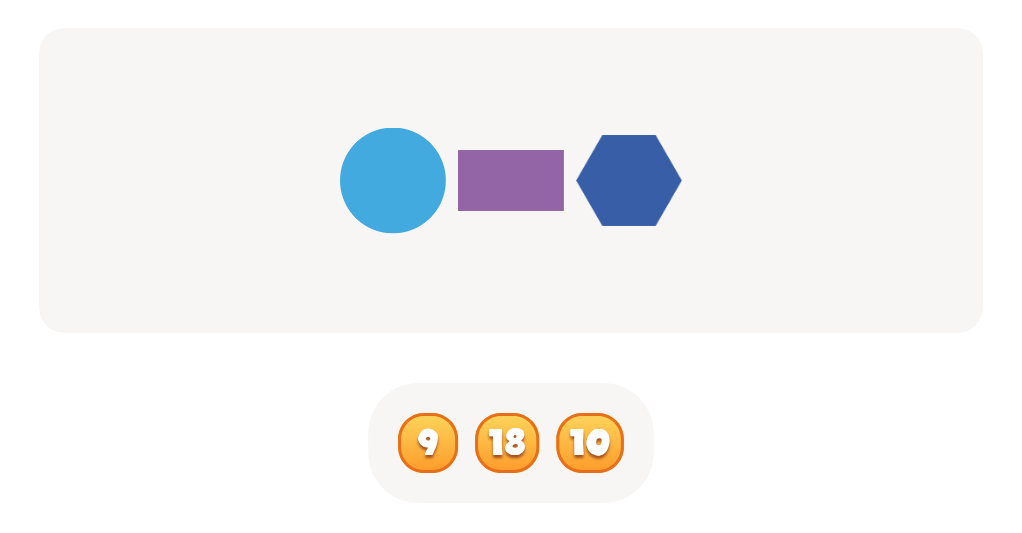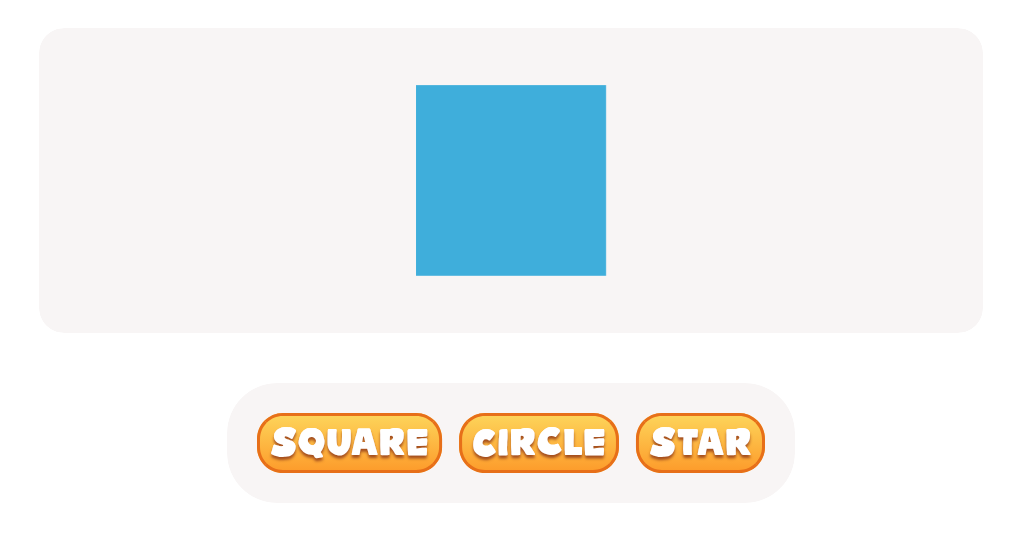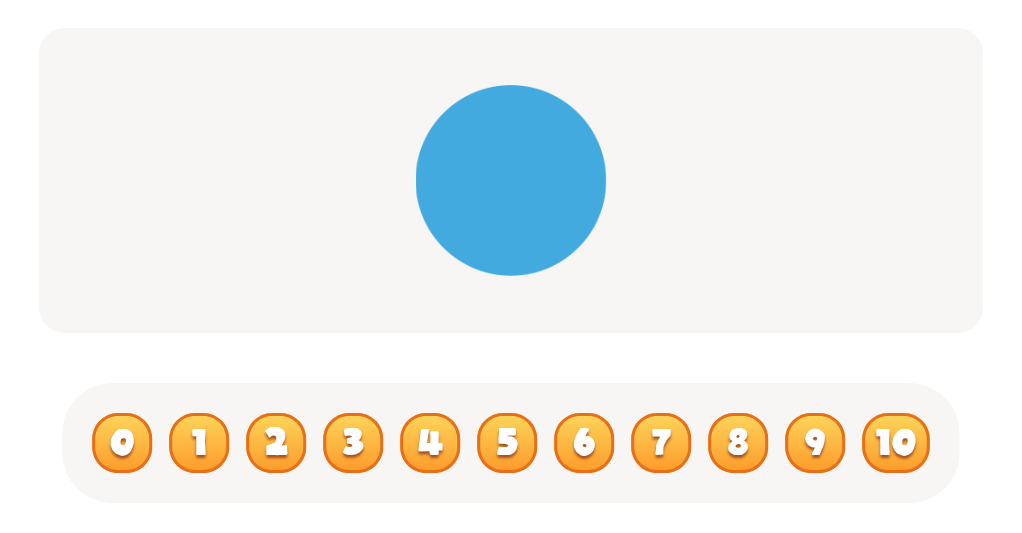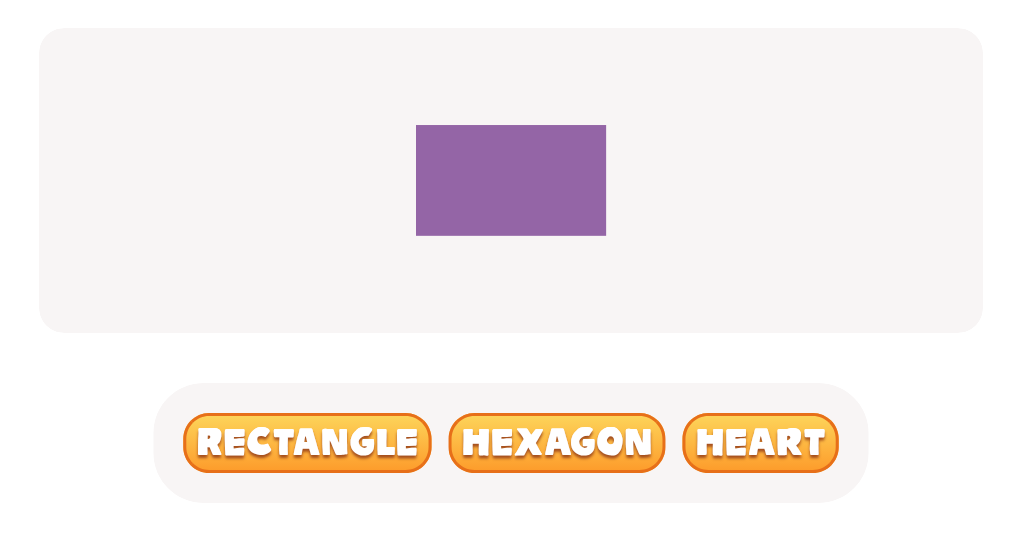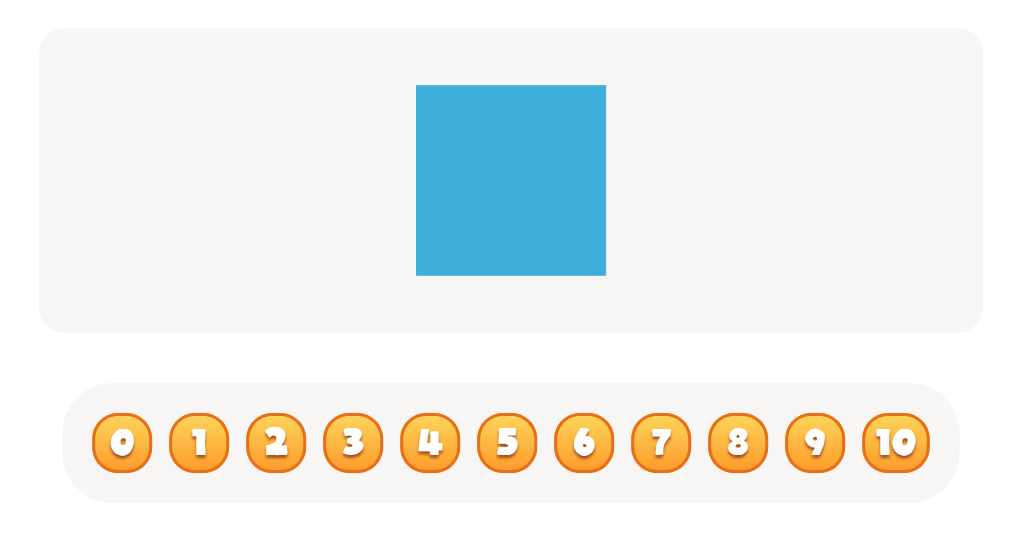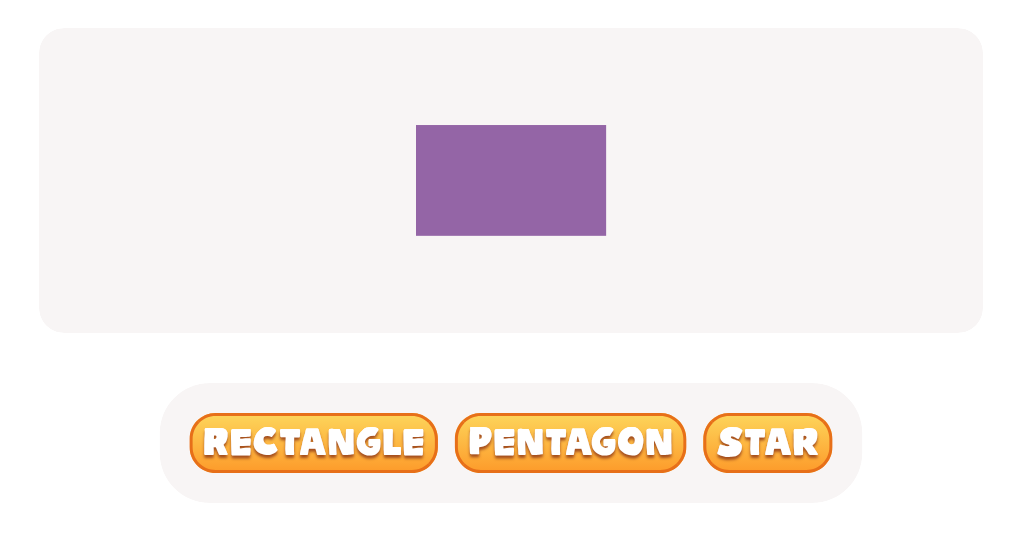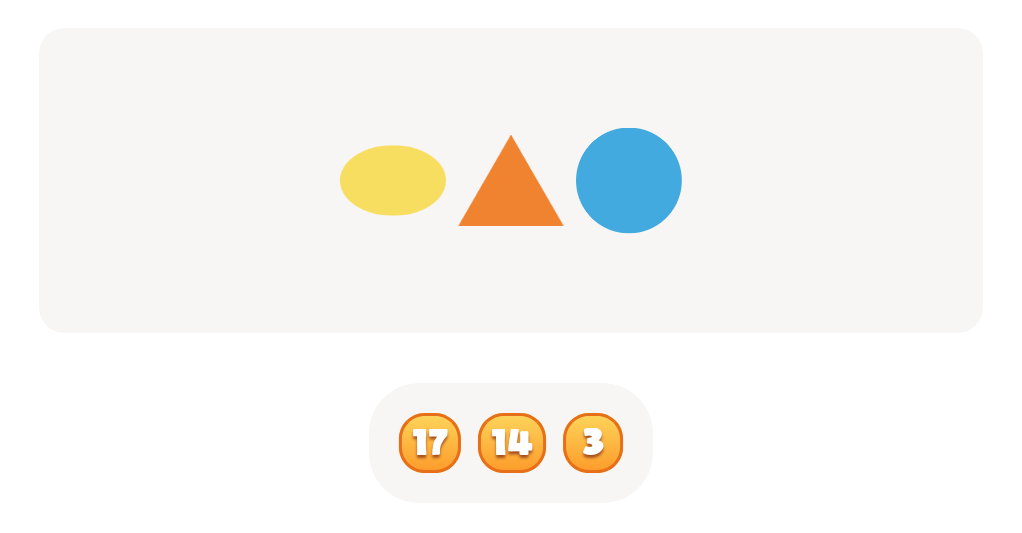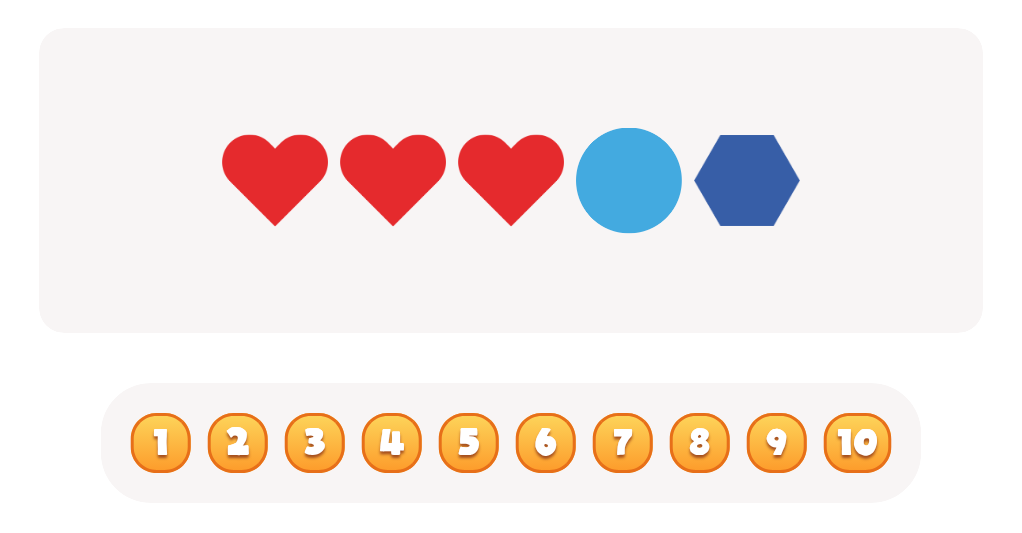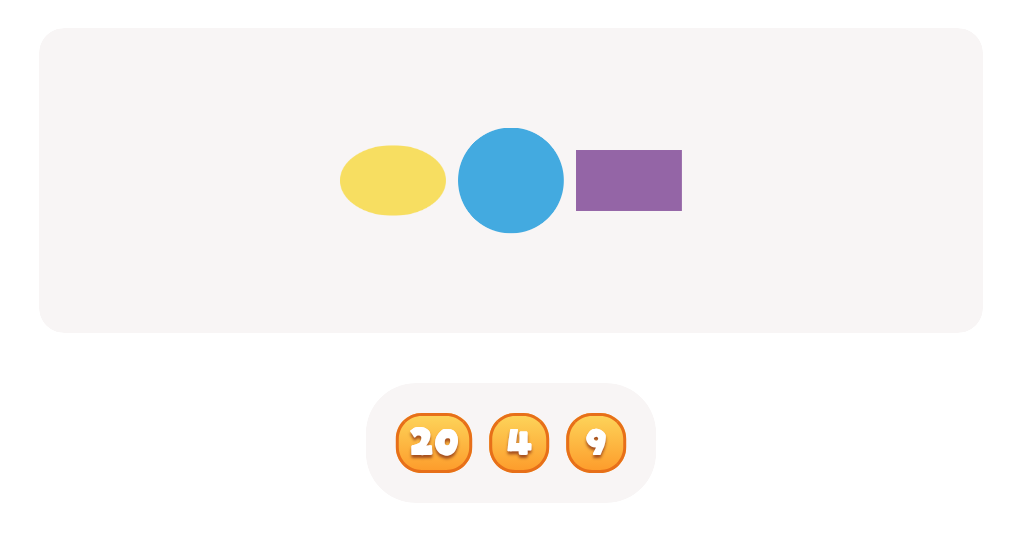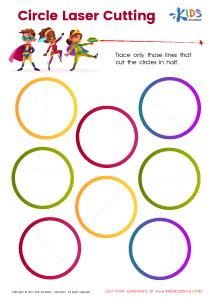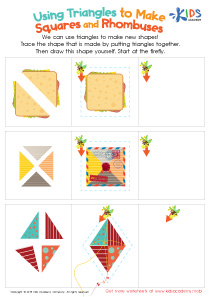Shape identification Normal 2D Shapes Worksheets for Ages 3-4
4 filtered results
-
From - To
Explore our engaging "Shape Identification Normal 2D Shapes Worksheets" designed specifically for children aged 3-4. These interactive worksheets provide a fun and effective way for young learners to identify and differentiate between basic 2D shapes, such as circles, squares, triangles, and rectangles. By incorporating vibrant visuals and playful activities, children will strengthen their shape recognition skills while enhancing their cognitive development. Perfect for at-home learning or classroom activities, our worksheets foster a love for learning through play. Check out our collection to help your little ones embark on their mathematical journey with confidence and curiosity!
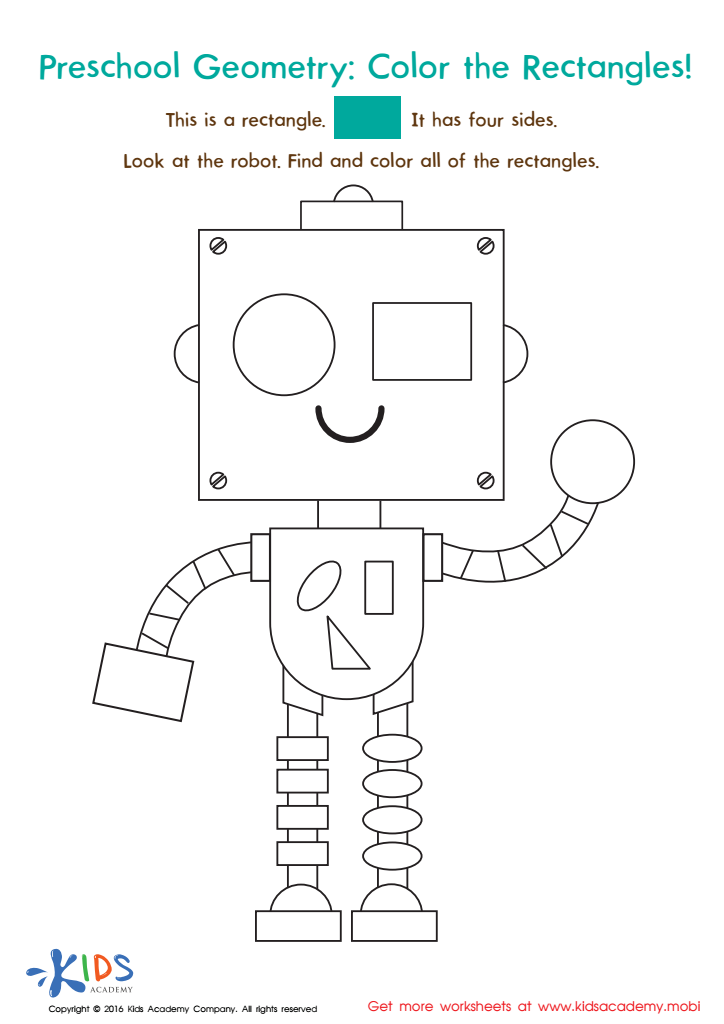

Geometry Worksheet
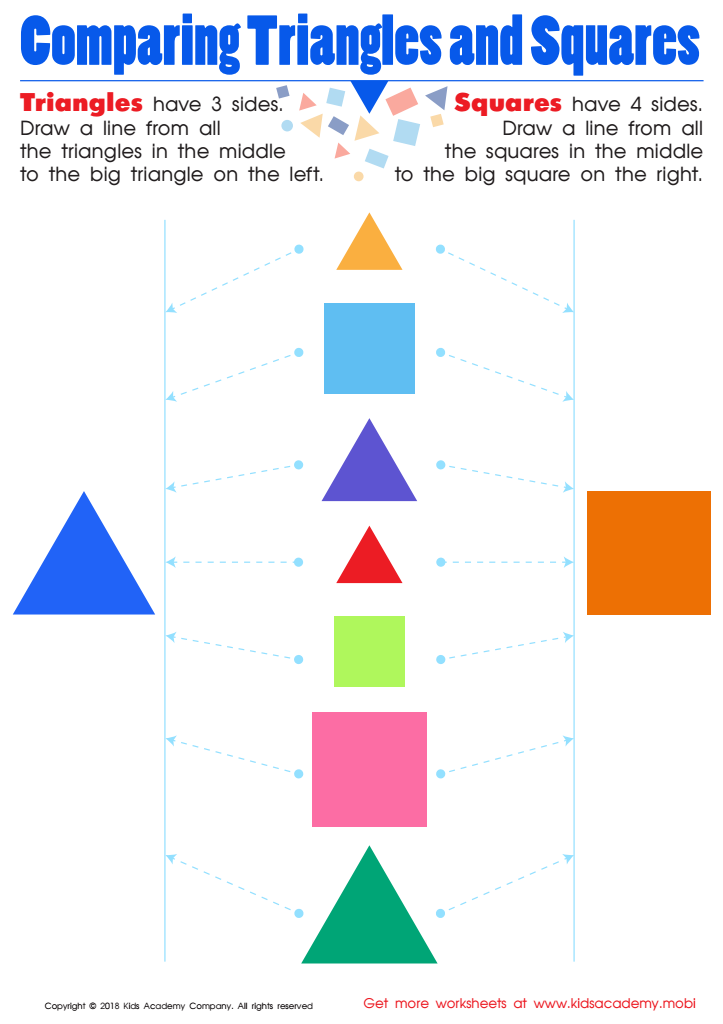

Comparing Triangles Squares Worksheet
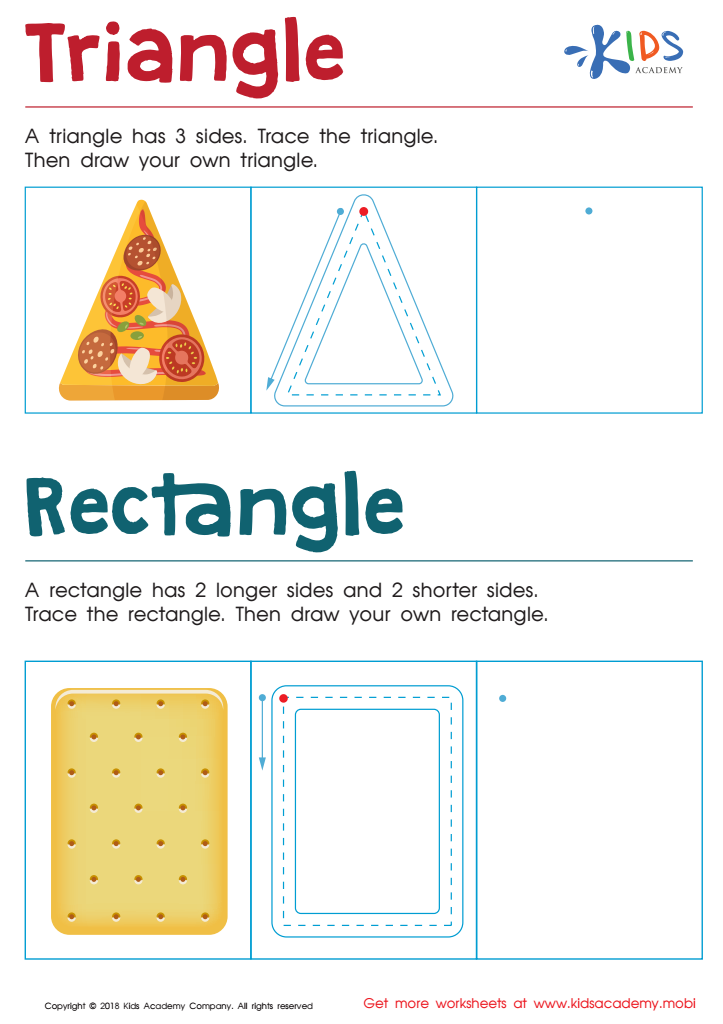

Triangle Rectangle Worksheet
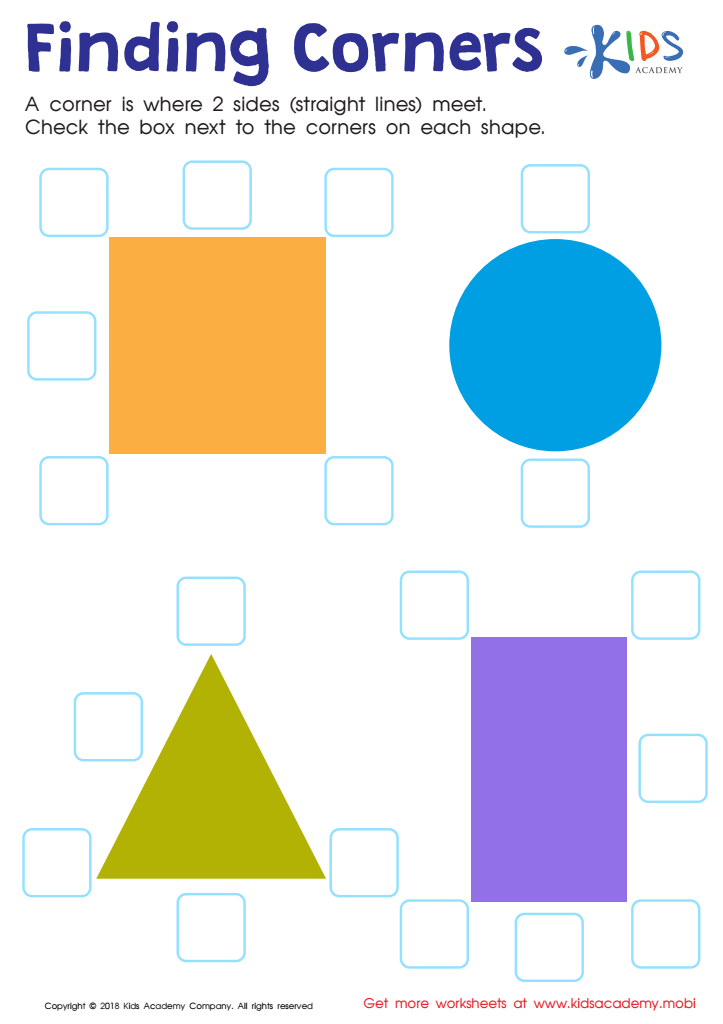

Finding Corners Worksheet
Shape identification is a fundamental skill for children aged 3-4, and it plays a critical role in their development. For parents and teachers, understanding the importance of teaching normal 2D shapes can significantly enhance a child's cognitive and social growth.
Firstly, recognizing shapes helps children develop their observational skills. Through activities that involve identifying circles, squares, triangles, and rectangles, young learners enhance their ability to notice details in their environment, which is essential for problem-solving and critical thinking.
Moreover, shape recognition lays the foundation for more complex concepts in math, geometry, and spatial awareness, which they will encounter in later educational stages. Early shape identification is linked to better understanding in these areas, fostering a love for learning.
Socially, engaging in shape-related games allows children to interact with peers, share insights, and collaborate in play, which promotes teamwork and communication skills. Furthermore, recognizing shapes can build confidence as children learn to articulate their knowledge and engage in discussions about their surroundings.
In summary, shape identification is a vital component of early education that enriches a child's intellectual, social, and emotional readiness for future learning, making it a significant focus for both parents and educators.
 Assign to My Students
Assign to My Students
